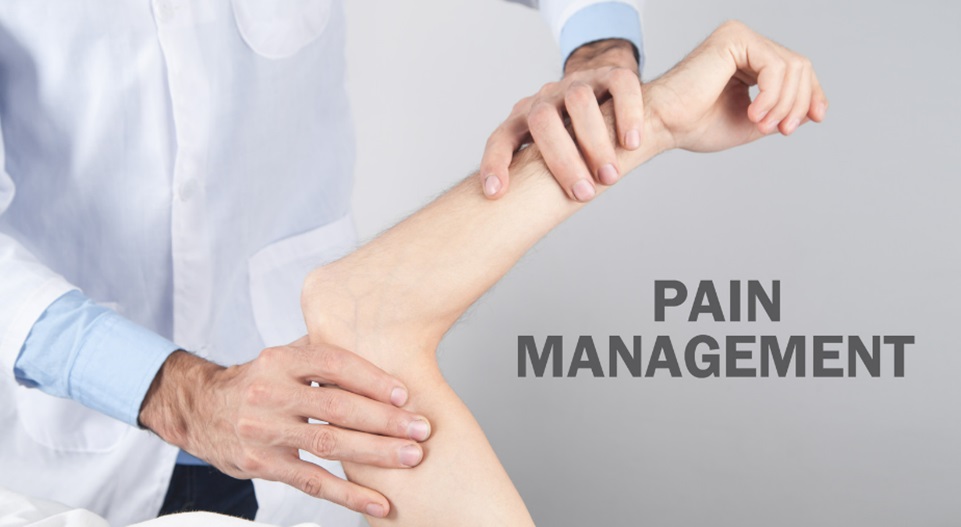Lower back pain plagues millions of individuals worldwide, making even the simplest tasks feel like an uphill battle. As much as the issue is widespread, not everyone knows how to go about effectively managing it. This article aims to shed light on physical therapy techniques for lower back pain relief and when it may be necessary to seek professional help.
The Importance of Physical Therapy for Lower Back Pain
Physical therapy is crucial in alleviating lower back pain and preventing its recurrence. By engaging in targeted exercises and stretches, you can work on strengthening and improving flexibility in your back muscles. Here’s why physical therapy can do wonders for your back:
- Reducing pain: Specific exercises can help ease pain, giving you a better overall quality of life.
- Strengthening muscles: Working out your core muscles can provide additional support for your spine, reducing pressure on your lower back.
- Improving posture: Engaging in physical therapy can also help improve your posture – a significant factor in avoiding further discomfort and back issues.
Physical Therapy Exercises for Lower Back Pain Relief
Here are some physical therapy exercises recommended to manage lower back pain:
- Pelvic tilt: This exercise targets your deep abdominal muscles, providing stability to your spine while enhancing flexibility in your lower back.
- Bridges: Bridges focus on strengthening your gluteal muscles, which, when weak, can contribute to lower back pain.
- Bird dog: Bird dog helps improve core stability by working on your abdominal, hip, and back muscles.
The Role of a Pain Specialist
If you’ve been dealing with persistent lower back pain, choosing to visit a pain specialist in Omaha can help to identify the root cause and provide you with the most effective treatment plan. A pain specialist will assess your condition, review your medical history, and establish an individualized care plan for your specific needs. They may also suggest the use of analgesics and/or other medications to help manage your symptoms.
Some signs you need to see a pain management doctor include constant or worsening pain, ineffective at-home treatments, and pain that affects your daily life. Moreover, if your pain is related to more severe conditions like spinal tumors, medical intervention becomes even more crucial.
To Wrap Up
Lower back pain can be incredibly uncomfortable, affecting your daily life and limiting your ability to perform common duties. Fortunately, physical therapy is an excellent way to manage lower back pain, helping you strengthen and stretch the affected muscles. If at-home treatments don’t work or if you’re dealing with more severe conditions such as spinal tumors, it’s best to seek professional help from a pain specialist. The right treatment plan can bring about relief and improve the quality of life for many people. Thank you for reading!





